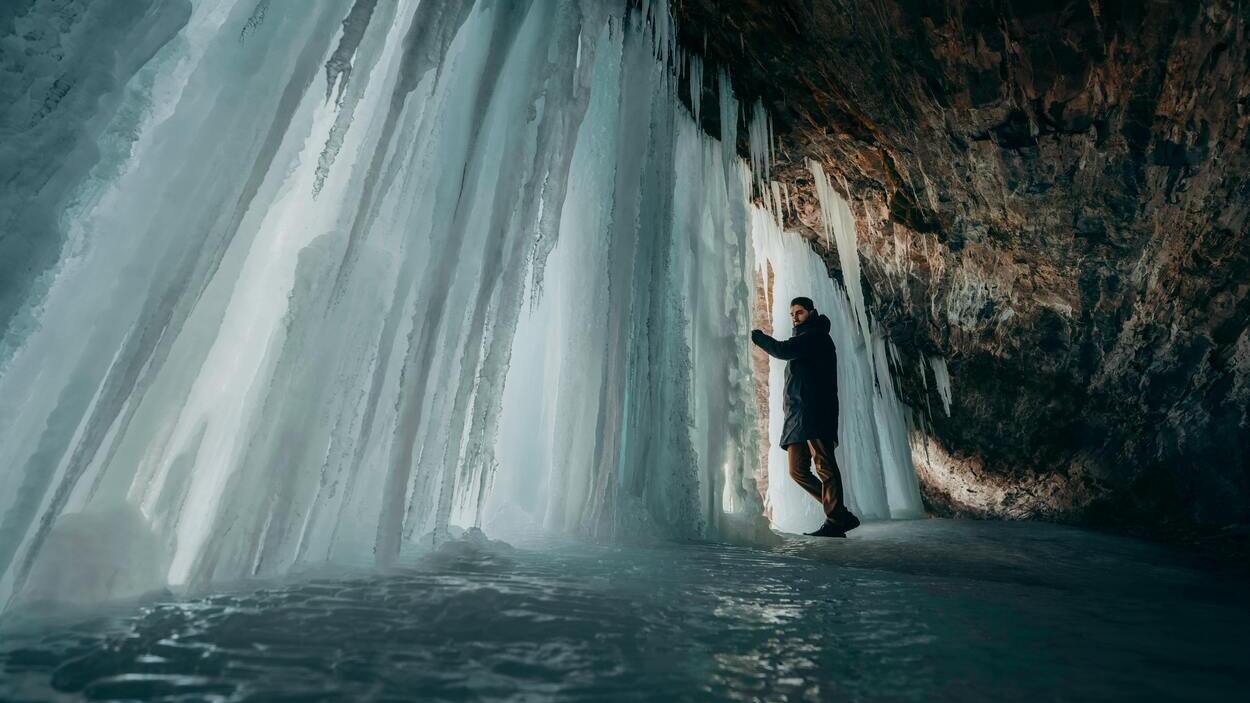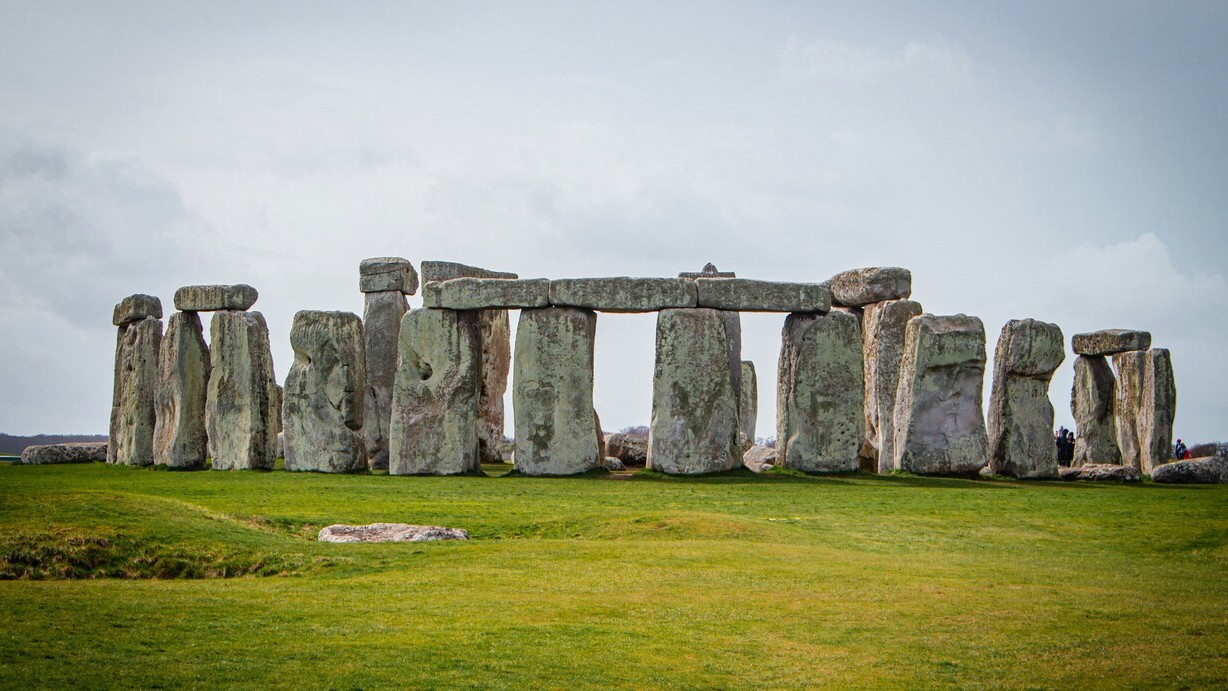Truth & Goodness
The Fall of the Literary Nobel: Why Are Laureates Unread?
14 December 2025

Microbes slept under the ice for 40,000 years, and today, they are beginning to live again. American scientists discovered these organisms—older than human civilization—in the permafrost and are observing how their awakening affects our planet's climate. The ongoing thaw makes the study of ancient microbes in permafrost critical for global warming forecasts.
This discovery in the glaciers could change science. Scientists “woke up” microbes that were frozen for over 40,000 years. A team from the University of Colorado extracted permafrost samples, and what they found literally returned to life. The ancient organisms survived millennia in the ice—now they are moving again. How did researchers manage to revive them?
It was not an easy task. Scientists had to collect samples from a mixture of ice, rocks, and soil from inside Alaska. They used a special tunnel—the Permafrost Tunnel—which belongs to the US Army Corps of Engineers. This unique location allows them to descend up to 107 meters deep into the frozen ground. The microbes, trapped for thousands of years, were waiting right there.
The researchers placed the ice samples in water at temperatures of –4, 4, and 12 degrees Celsius. Interestingly, the water they used for the experiments was also not arbitrary—its composition was crucial for further research.
American researchers used what they call “heavy water”—it contains heavier isotopes of hydrogen that they can easily detect in the laboratory. This allowed the scientists to track every stage of the microorganisms’ “defrosting.” It was like leaving a trail—researchers could see exactly when and how the ancient life began functioning again.
For the first few weeks, practically nothing happened—changes were so minimal that they were hardly noticeable. The breakthrough came only after several more months. The microbes then began to move and develop clearly enough to be visible to the naked eye.
Sticky structures, which formed during the organisms’ thawing process, caused everything. The warmer the environment became, the faster the microbes returned to activity.
While scientists achieved a breakthrough that could completely change our understanding of life, they encountered something during the thawing procedure that calls the entire process into serious question.
Within about six months of being extracted from the ice, the structure of the samples changed so much that it no longer resembled its state from half a year prior. Despite this, it still had little in common with soil that had never been deeply frozen. Instead of helping science, the experiment revealed new dangers.
When the ancient organisms were returning to life, a serious side effect appeared.
Along with the thawing, the discoveries from the ice released tons of carbon dioxide and hydrogen into the atmosphere—two potent greenhouse gases that contribute significantly to global warming. This finding calls the entire process and its impact on our planet into question.
Scientists warn that if the pace of permafrost thawing continues, more dormant microbes could enter the atmosphere—and this could change living conditions for humans as well.
This is not a science fiction scenario. Every degree of warming can awaken subsequent layers of dormant life—along with emissions that we are not ready for.
Experts warn that reviving microorganisms could affect the entire ecosystem. They are particularly concerned about the impact on local wildlife and the acceleration of climate change, which already affects us severely today.
“These results are crucial for forecasting the impact of microorganisms on biogeochemical processes in the warming Arctic, especially as the deeper and older layers of permafrost continue to thaw,” we read in the scientific article published in the Journal of Geophysical Research: Biogeosciences.
Discoveries in the glaciers open new doors in the study of geology and previously unknown microorganisms. This is a huge step forward for science. But every such intervention has its price. The release of greenhouse gases during research can accelerate climate change, which calls into question the sense of further action in this direction.
The line between discovery and risk has never been so thin.
The question is: can we recognize it before we wake up something we cannot stop? We must carefully weigh the scientific gain against the climate risk posed by awakening ancient microbes in permafrost.
Read this article in Polish: 40 000 lat pod lodem. Naukowcy znaleźli życie, które nie powinno istnieć

Science
13 December 2025


Zmień tryb na ciemny